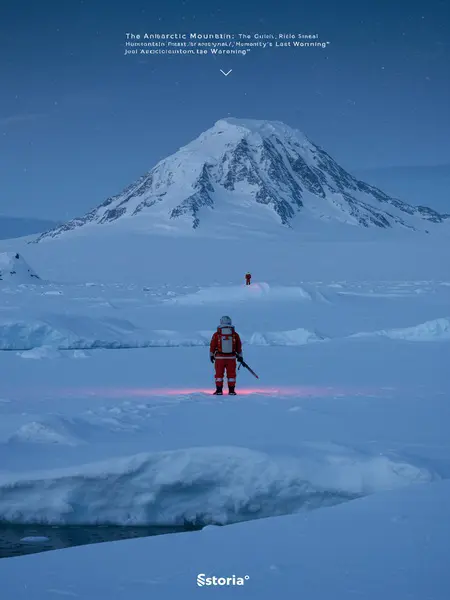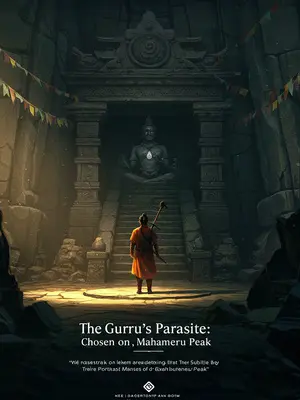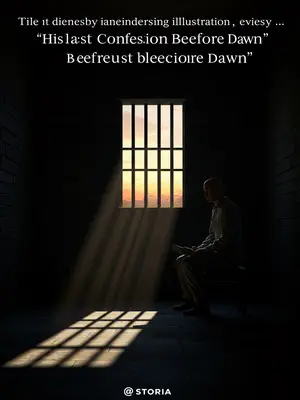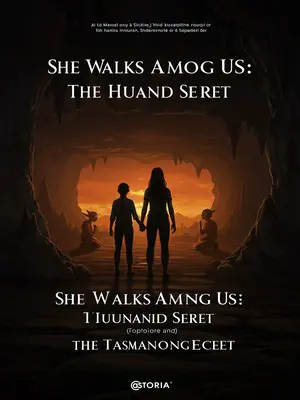Chapter 7: Landfall
The Samudra Shakti 2 cut through the waves, forging boldly toward Antarctica.
From the deck, the ocean was endless and forbidding, icy winds cutting through even our thickest jackets. I could smell the salt, feel it on my lips, my ears ringing with the endless crash of water against steel hull.
As we sailed further south, the air grew colder.
Each night, we gathered in the mess for steaming dal-chawal and listened to stories from other expeditions, some hopeful, some grim. The cold crept into our bones, but we learned to bear it, clinging to jokes and memories of home.
Three days later, we entered the Antarctic Circle.
A faint aurora shimmered on the horizon—someone pointed and said, “Dekho, nature ka fireworks.” It was hauntingly beautiful, a moment of quiet before the unknown.
The icebreaker at the bow crushed thick ice into powder, making a tooth-aching, creaking sound.
Sometimes the whole ship seemed to shudder, and more than one of us whispered prayers under our breath. The engineers, unfazed, played Lata Mangeshkar songs on their phones and worked through the night.
On the fourth morning, noisy discussion woke me from my sleep.
I stumbled out of my bunk, blanket still wrapped around my shoulders. The cold bit at my toes, but curiosity was stronger than sleep.
Rubbing my eyes, I peered out the porthole and saw a white continent:
Wilkes Land, Antarctica. We were about to make landfall.
It was a sight like no other—endless whiteness, dazzling under the cold sun. Someone behind me gasped, “Bas, yahi dekhna baaki tha zindagi mein.”
The captain’s voice came over the loudspeaker: All personnel, please put on cold-weather gear, goggles, and sun masks, and line up to take the dinghies ashore.
A hubbub ensued—people fumbled with layers of thermal wear, some struggling to zip up their parkas, others double-checking their survey kits. The corridors smelled of camphor oil and fresh snow.
Antarctica has warm and cold seasons; November is the warm season, with coastal temperatures around zero Celsius. Even inland, the coldest spots are only minus 35—about the same as a winter in Ladakh.
Everyone made jokes about how they’d trained for this by surviving Delhi’s winter, but the truth was, no amount of monkey-caps and thermals could prepare us for the real thing.
Dressed and ready, I joined the Indian expert team to disembark.
There was a strange thrill—like the first day of college, or the night before board exam results. Everyone’s breath misted in the air, laughter and nerves mixing in equal measure.
After days at sea, setting foot on Antarctic snow was a huge relief—finally, solid ground.
The crunch of snow under our boots was surprisingly satisfying. Someone made a snowball, then sheepishly dropped it, remembering the gravity of our mission.
Security teams from every country unloaded equipment, and, following prearranged groups, began survey work in an orderly fashion.
The whole scene looked like a grand mela—flags, languages, different coloured parkas. I half expected someone to start selling chai and samosas.
I was paired with a young expert with a Hyderabadi accent named Amit Rao—his name’s a mouthful, so I just called him Amit.
Amit fiddled with the snowmobile he’d just unloaded, then whistled at me:
"Arrey Rohan, let’s roll!"
His breath came out in thick clouds, his eyes shining behind his goggles. That cheerful confidence was infectious—I grinned, despite myself.













